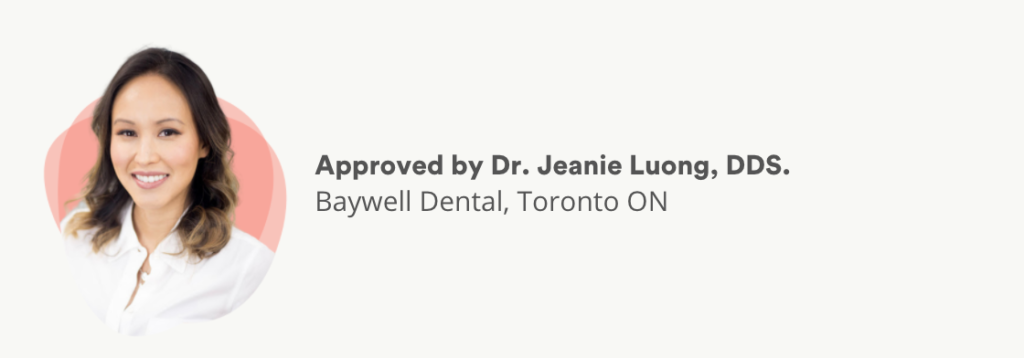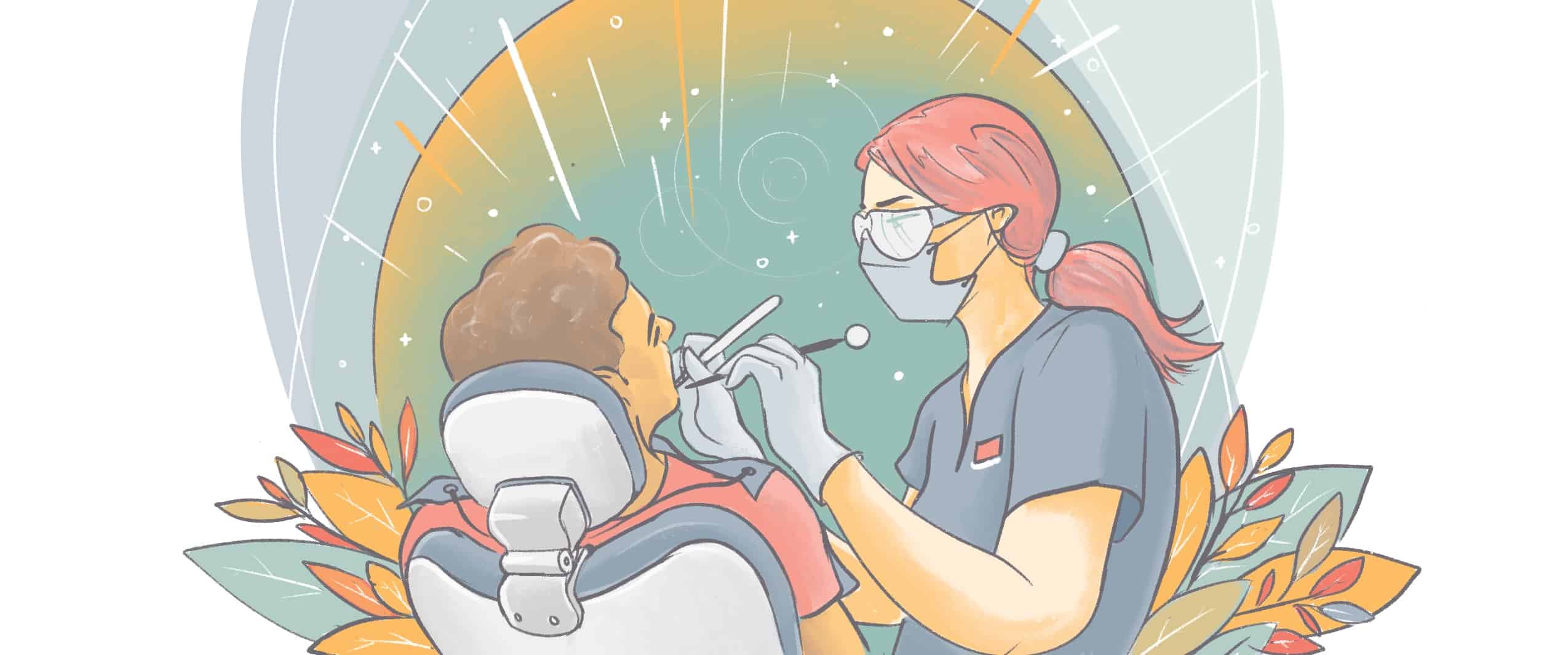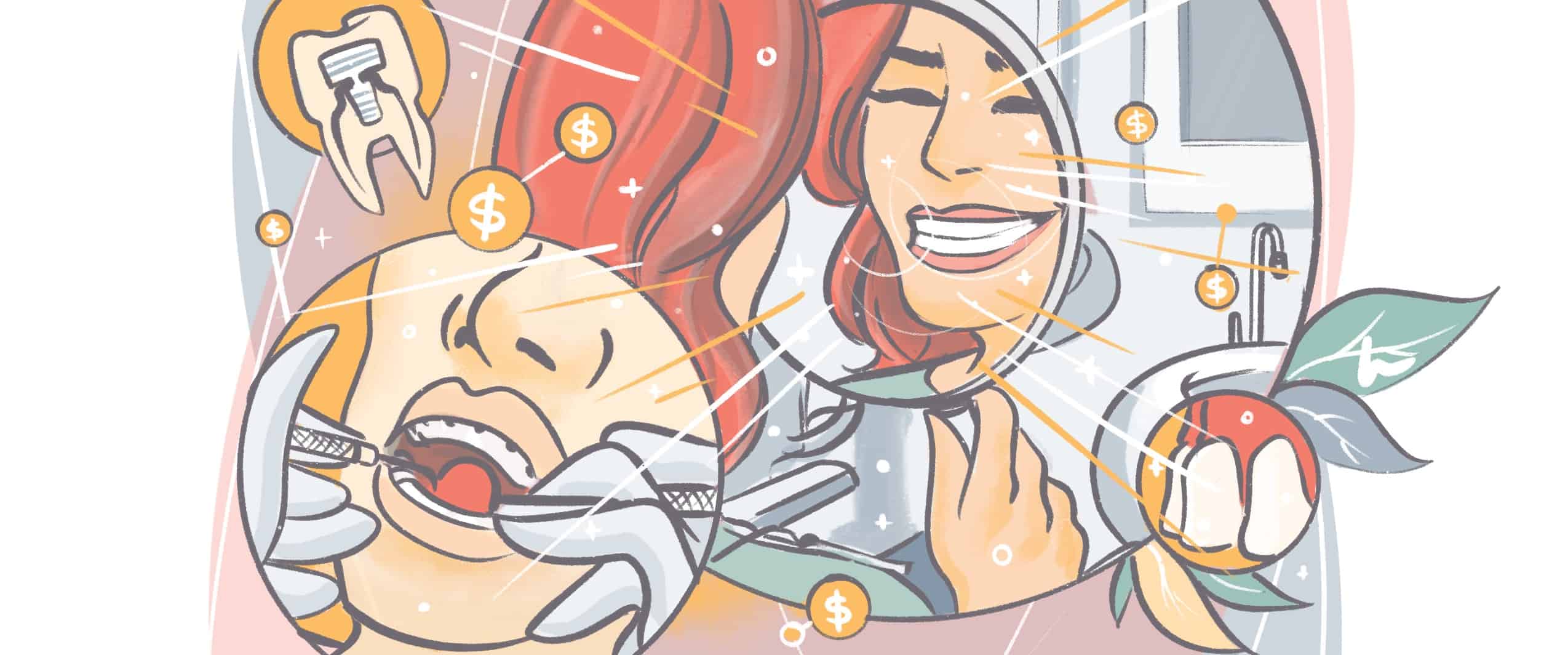Getting teeth cleaning, or “scaling” done by a professional is the most effective way to eliminate accumulated plaque and tartar. You run the risk of getting gum disease or other health conditions without regular cleanings. Research shows links between gum disease and diabetes, heart disease, stroke, respiratory illness, and other health risks.
But will your cleaning hurt? Well, that depends on a few factors. Keep reading to find out what occurs during a dental cleaning, the likelihood of experiencing pain, and how to prevent dental cleaning pain.
What Happens at a Dental Cleaning Appointment?
Teeth cleanings are often completed by a dental hygienist. They will first examine your mouth with a small mirror and check for any signs of gingivitis (inflamed gums) or other potential issues. During the cleaning, your hygienist will use a small, metal scaler to remove tartar off your teeth, both above and below the gum line. They may also use an ultrasonic vibrating handpiece to loosen up tartar and plaque. Once your teeth are free of tartar, the hygienist will polish them to remove stain.
The polishing paste has a gritty consistency to effectively remove stain. This is usually mint or berry flavoured. After a thorough polish, they will floss your teeth to remove any leftover plaque or toothpaste. This may be a bit more intense than your flossing sessions at home. Next, you will rinse out your mouth.
Due for a checkup?
Find a top rated dentist near you that takes your insurance.
Finally, your hygienist may apply a fluoride treatment. This is done if you have a history of cavities or have an increased risk of developing cavities. This comes in the form of a sticky paste, foam or rinse. It usually stays on for around one minute. The treatment protects your enamel to help resist cavities. This effect can last for several months.
Following a teeth cleaning, your teeth not only feel smooth, but the shiny surface makes it more challenging for plaque to build up. The frequency of dental cleanings is determined on an individual basis. If your gums are really healthy, your hygienist will suggest 6 month intervals. However, if you have signs of gum disease or “periodontitis,” you may benefit from cleanings every 3-4 months. We suggest scheduling your next dental cleaning before you leave your dentist’s office to ensure you stick to the recommended time frame.
But is a Dental Cleaning Painful?
If you go to a professional regularly for teeth cleanings and you have no oral issues, your visit will probably not hurt. If you’ve skipped a few cleanings, then you’re likely experiencing some discomfort even when you brush at home. So yes, in this case, your cleaning could be painful.
However, there are options for a pain-free cleaning, even if it has been a while!
During the initial exam, your dentist or hygienist will take measurements of your gum pockets (the space under your gums where your floss slides under during flossing). During this procedure, your care provider will notice the level of discomfort you are experiencing. If they notice pain, severe bleeding, or heavy tartar buildup, you will be given the option of having your first cleaning completed with local anaesthetic, or dental freezing to numb your gums. This way, your hygienist will be able to do a thorough cleaning and ensure no tartar is left behind for optimal healing.
If there is excessive tartar build up, your cleaning may be split into several appointments, with half your mouth frozen at each appointment. Once dental cleanings are a part of your regular routine, you may no longer require freezing for your cleanings.
Some symptoms that would hint toward discomfort in an upcoming appointment could include inflammation in your gums, tooth decay, or sensitivity. If this is the case, it is important that you have an exam with the dentist to evaluate the presence of cavities or gum disease prior to your initial scaling.
Gum disease, or Periodontitis, is the process in which plaque and bacteria buildup on your teeth, resulting in an inflammatory response in your body. Chronic inflammation will lead to the breakdown of the tissues supporting your gum and teeth. Untreated gum disease can result in severe bleeding, bad breath, gum infections, loosening teeth and eventually tooth loss. There is a documented link between uncontrolled periodontal disease and cardiovascular health and diabetes. Knowing the warning signs of gum disease can help you determine the urgency of your next dental appointment.
Sign up for our newsletter.
Just let us know a bit about yourself.
Gum disease symptoms may include (but aren’t limited to):
- Red, swollen, or tender gums
- Bleeding gums when eating, brushing, or flossing
- Loose or separating teeth
- Gums pulling away from teeth
- Bad breath (halitosis)
- Persistent bad taste in your mouth
- A change in your bite
Even without experiencing any gum disease symptoms, if it has been six months or more since your last dental visit, it’s crucial to have a dental checkup and cleaning. If you’re worried your cleaning will hurt, make sure you express your concerns to your care providers as there are ways to make potentially painful teeth cleanings hurt less.
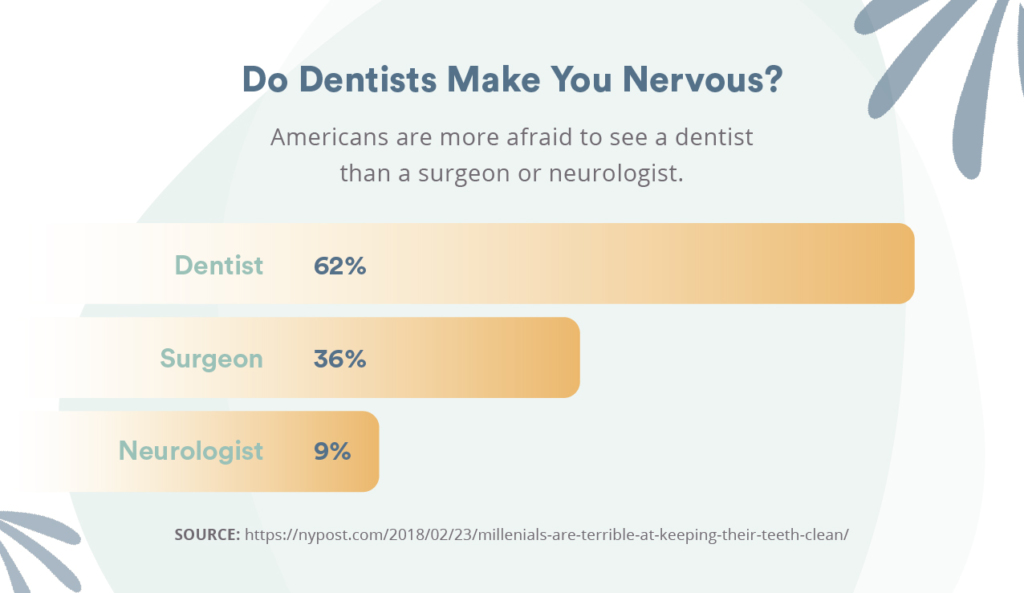
How to Make Teeth Cleanings Less Painful
Strategies to minimize pain during a dental cleaning:
- Local anaesthetic to numb sensitive areas (needle required)
- Topical anesthetic gel (no needle, but less effective than local anaesthetic)
- Nitrous oxide or “Laughing Gas” can be used to reduce anxiety and reduce pain perception
- Ask if you can listen to music or a distracting podcast through your headphones. Some dentist offices even have TVs so you can watch a show or movie. If you’re nervous, the less you concentrate on what’s happening in your mouth, the better.
- Try to make your teeth cleaning as calm as possible by not booking it during peak hours. Opt for the first appointment of the day or during a slow part of the afternoon when dental offices are quieter.
Patients often feel helpless and vulnerable in the dental chair. The key to a successful appointment is open communication with your hygienist. Before the cleaning begins, you should come up with a signal to let your dentist know you’re uncomfortable or need a break. The signal can be as simple as raising your hand. It’s fine to take a small break in the middle of the cleaning if it’s painful and you want to take a few deep breaths.
Due for a checkup?
Find a top rated dentist near you that takes your insurance.
Perhaps one of the most important strategies for minimizing pain during teeth cleanings is to choose your hygienist carefully. You want a professional who is understanding of any dental anxiety you have, who will take the time to explain the procedure, and listen to your concerns. A skilled hygienist will ensure your cleaning is thorough and gentle as possible.The more knowledgeable your hygienist is, the better they can explain how to prevent oral pain in the future.
An excellent at home routine reduces pain during dental cleanings
The best way to avoid painful teeth cleanings is by keeping up with your dental care, both at home and through professional cleanings. At home, brush your teeth at least twice a day. You don’t need to brush aggressively. It’s fine to be gentle but take the time to clean all of your teeth thoroughly. Your tooth enamel is temporarily weakened after a meal or drinking acidic beverages (like tea or coffee). You can rinse your mouth with water directly following a meal, but wait 20 minutes before brushing your teeth.
An electric toothbrush can clean your teeth more effectively than a standard toothbrush. Hold your toothbrush at an angle for more effective cleaning. Select a toothpaste with fluoride to help prevent tooth decay. Fluoride lowers your mouth’s acid level, strengthens tooth enamel, and protects your teeth from sensitivity. Several countries, including Canada and the United States, put small amounts of fluoride in drinking water for oral health. If you only drink bottled or well water, you aren’t getting this extra dose of fluoride. You can also get fluoride from varnishes, certain mouth rinses, and gels.
You still need dental checkups and teeth cleanings done by a professional even if your at-home routine is excellent. Most people can clean well above the gum, but plaque and tartar builds up below the gum and in hard to reach places. Your dental hygienist has special tools to clean under the gums and those difficult areas. If you have an appointment coming up and worry about pain because you haven’t been keeping your teeth as clean as you wish you would have, there are strategies to help reduce pain during your appointment.
Opencare takes the guesswork and effort out of insurance verification.Worry-free insurance verification
If your teeth already feel sensitive, you might want to switch the toothpaste you’re using. Changing to a desensitizing toothpaste containing potassium nitrite can minimize root sensitivity. It may take a few weeks to notice the difference.
Flossing every day is also necessary. Flossing is responsible for up to 40% of plaque removal when cleaning your teeth. If you’re skipping the floss, think of how much plaque you’re leaving behind. Each tooth has five surfaces, and when you skip flossing, you aren’t cleaning two of those surfaces. The top method for flossing is to use a piece of floss that is between 15 and 18 inches long and to wrap it around each tooth in a C shape — don’t just go straight up and down.
If you’re not flossing regularly, it might hurt when a dental hygienist does it. The first few times you floss, your gums may hurt or even bleed. Once your gums have healed and are less inflamed, this will stop happening.
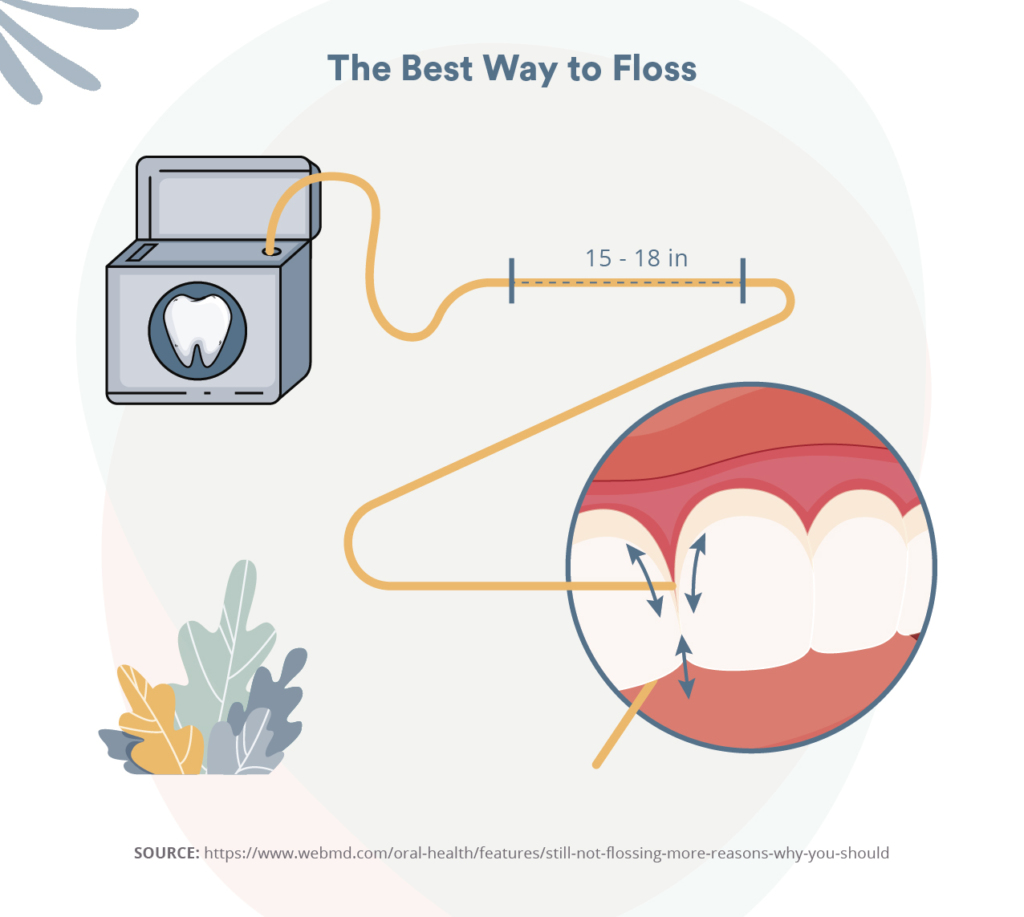
Need a Dentist for Your Next Teeth Cleaning?
Are you searching for a dentist who can provide you with personalized dental care? Find the dentist who is the best fit for your needs by signing up for Opencare.
Due for a checkup?
Find a top rated dentist near you that takes your insurance.


